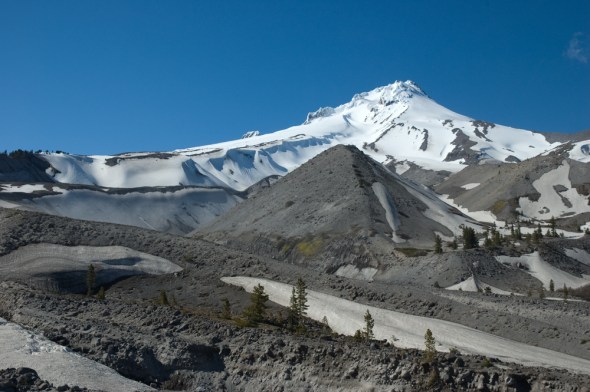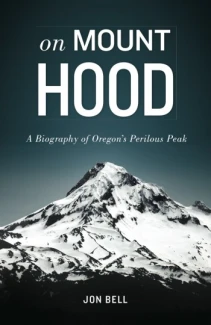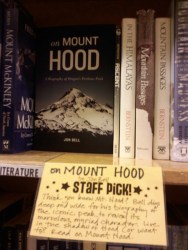Cooper Spur
The hiking on Mount Hood is all quintessential Cascade rambling: scenic lakes like Burnt and Mirror, pristine rivers like the Salmon and Sandy, wildflower meadows and expansive vistas like McNeil Point and Paradise Park.
Mount Hood from White River.
More than 1,000 miles worth of hiking trails wind their way all around the mountain, from the forested Badger Creek trail on the mountain’s southeast base to the little-known Owl Point trail in its northwest shadow. There’s also the storied Timberline Trail, a classic, 41-mile circuit around the entire mountain. Massive flooding in 2006, however, wiped out the trail’s crossing at Eliot Creek, supposedly to the point that it’s no longer possible to safely cross the creek nor, as a result, complete the entire Timberline Trail in one go.
But of all the hiking on Mount Hood, there is one hike that, for me anyway, truly rules the day: Cooper Spur.
Quite possibly the most amazing hike on all of Mount Hood, Cooper Spur is about as close as you can get to climbing the beast without actually donning crampons and an ice ax. And that’s not because it’s physically such a kicker. The trail’s rugged three-and-a-half miles do gain more than 2,000 feet of elevation, but somehow it’s not as grueling as it sounds.
What really gives this hike a mountaineering feel is its height. By the time you break out of the thinning hemlocks and firs above the Cloud Cap Saddle campground on the Timberline Trail, you’re already well above the 6,000-foot level. From there, you pass an old stone shelter and then slowly wind your way up broad, sandy switchbacks that eventually lift you up onto the spur itself. The ridge becomes fairly narrow before the trail comes to a halt at Tie-In-Rock, where climbers rope up before moving on. You’re now at about 8,500 feet, and with views stretching from Mount Adams, Mount Rainier, and Mount St. Helens to the desert of Eastern Oregon and the massive Eliot Glacier right there on Hood’s dramatic north face, it’s hard not to feel like you’re sitting atop the mountain itself.
 Top of the hill: where the Cooper Spur hike ends and the climb to the summit, just 2,700 feet higher, begins.
Top of the hill: where the Cooper Spur hike ends and the climb to the summit, just 2,700 feet higher, begins.
For more information on hiking Cooper Spur — it’s usually best from late July through mid September — read this Forest Service sheet.




Pingback: Books « On MOUNT HOOD
Pingback: Another climbing anniversary « On MOUNT HOOD